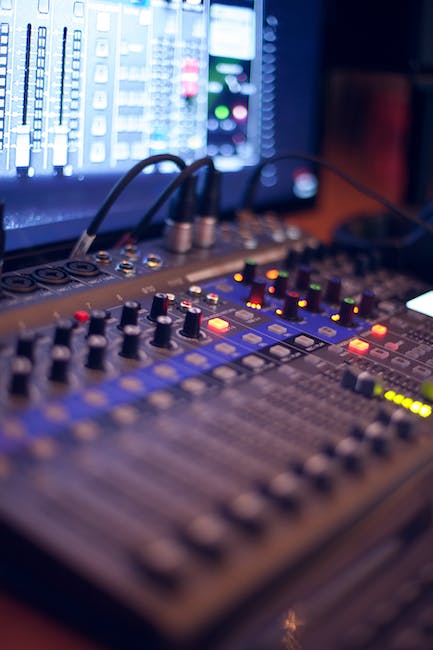Espresso Shot: Just How Much Caffeine Is in Your Favorite Drink?
1
If you’re a coffee lover, you’re probably familiar with the invigorating jolt that a shot of espresso can provide. But have you ever wondered just how much caffeine is in your favorite espresso shot? In this blog post, we’ll explore the caffeine content of espresso and provide you with some interesting facts about this beloved beverage.
Understanding Espresso
Espresso is a concentrated form of coffee that is brewed by forcing hot water through a bed of finely ground coffee beans. This brewing method produces a strong, full-bodied coffee that is enjoyed by many coffee enthusiasts around the world. While espresso is commonly consumed on its own, it also serves as the foundation for a variety of popular coffee beverages such as lattes, cappuccinos, and macchiatos.
The Caffeine Content of Espresso
The caffeine content of espresso can vary depending on various factors such as the type of coffee beans used, the brewing method, and the size of the serving. On average, a single shot of espresso (approximately 1 ounce or 30 milliliters) contains around 63 milligrams of caffeine. However, it’s important to note that this is just an average and the actual caffeine content can range from 30 to 90 milligrams per shot.
Comparing Espresso to Other Beverages
When it comes to caffeine content, espresso is known for its high concentration compared to regular brewed coffee. While a single shot of espresso contains approximately 63 milligrams of caffeine, an 8-ounce cup of brewed coffee typically contains around 95 milligrams. This means that a shot of espresso contains roughly two-thirds the amount of caffeine found in a standard cup of coffee. However, it’s worth mentioning that the serving size of espresso is significantly smaller than a cup of coffee.
Factors Affecting Caffeine Content
As mentioned earlier, several factors can influence the caffeine content of espresso. Let’s take a closer look at these factors:
-
Coffee Beans: The type and quality of coffee beans used to make espresso can affect the caffeine content. Arabica beans, which are commonly used for espresso, tend to have a lower caffeine content compared to Robusta beans.
-
Brewing Method: The brewing method plays a crucial role in determining the caffeine content. Espresso is brewed using high-pressure extraction, which results in a higher concentration of caffeine compared to other brewing methods.
-
Serving Size: The caffeine content of espresso can vary depending on the size of the serving. A single shot of espresso contains less caffeine compared to a double shot or a larger serving size.
-
Extraction Time: The duration of the extraction process can also impact the caffeine content. Longer extraction times may lead to higher caffeine extraction from the coffee grounds.
Is Espresso Stronger Than Other Coffee?
Espresso is often associated with strength due to its concentrated nature. However, it’s important to note that strength is not solely determined by caffeine content. The flavor profile, roast level, and overall taste of coffee also contribute to its perceived strength. While espresso may have a higher caffeine concentration, it is not necessarily stronger in terms of taste compared to other coffee beverages.
Caffeine Sensitivity and Health Considerations
It’s worth mentioning that individual caffeine sensitivity can vary. Some people may be more sensitive to the effects of caffeine, while others may have a higher tolerance. It’s important to be mindful of your caffeine intake and consider any potential health concerns or sensitivities you may have. If you have any specific health conditions or concerns, it’s always best to consult with a healthcare professional.
Conclusion
Espresso is a beloved beverage known for its strong flavor and caffeine kick. While a single shot of espresso contains approximately 63 milligrams of caffeine on average, the actual caffeine content can vary depending on factors such as coffee beans, brewing method, and serving size. Whether you enjoy espresso on its own or as the base for your favorite coffee drinks, it’s always fascinating to understand the caffeine content of this popular beverage. So, the next time you reach for an espresso shot, you’ll have a better understanding of just how much caffeine you’re consuming.

